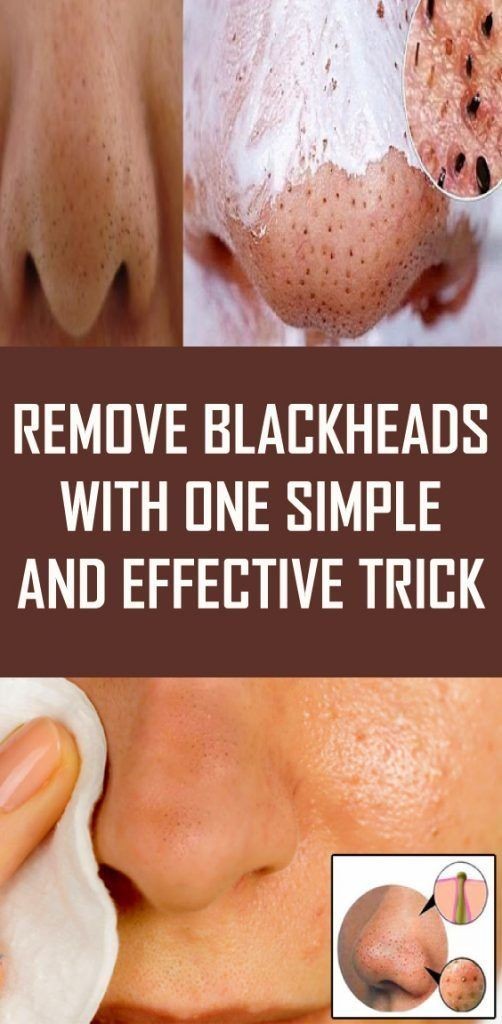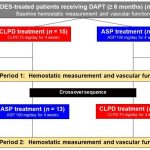
Contents
Blackheads
When a pore becomes occluded with sebum and dead skin cells, it solidifies, resulting in a blackhead. Blackheads are often a part of various skin conditions. The medical term for this is a comedo.
Blackheads vs. whiteheads (pimples)
A blackhead occurs when the surface of the comedo oxidizes due to fat molecules in the sebum. If the comedo is covered by skin, it may be referred to as a whitehead or pimple. However, this can be confused with a pustule that often appears near a follicular orifice.
Causes and risk factors for blackheads
Blackheads are commonly associated with acne vulgaris, an inflammatory skin disease that affects teenagers during puberty. They are usually the first sign of teenage acne and contain inflammatory substances that initiate the acne process.
Common causes of blackheads include:
- Elastotic degeneration: affects sun-exposed areas, often accompanied by blackheads.
- Chloracne: caused by the absorption of dioxins, toxins found in herbicide and defoliant manufacturing.
- Comedones: seen in workers exposed to cutting oils in the metal machining industry.
- "Pomade acne": blackheads induced by certain topical hair products.
- Comedogenic cosmetics: may contain substances that induce blackheads.
- Certain medications: anti-seizure and antipsychotic drugs are thought to induce comedones.
- Epithelial nevi: rare birthmarks that may contain multiple blackheads.
- "Giant pore of Winer": a dilated, blackhead-filled follicular orifice.
Symptoms of blackheads
Blackheads usually do not cause symptoms by themselves. They are often a cosmetic concern. However, they may appear alongside other skin conditions, presenting as small black or yellowish bumps on the face, back, chest, arms, and legs. They may coexist with whiteheads, papules, pustules, cysts, and nodules. While cysts, papules, and nodules can be tender and painful, blackheads are generally not painful.
Diagnosis and treatment by specialists
Blackheads can be recognized by their appearance; a healthcare professional, usually a dermatologist, can determine the specific skin condition causing them. In some cases, the doctor may take a sample or refer the patient to a dermatologist for further diagnosis.
Treatment options for blackhead removal include prescription topical retinoids and professional extraction by a trained esthetician. Home remedies, such as salicylic acid pads or 12% ammonium lactate lotion, can aid in exfoliation. However, caution should be exercised when using a comedo extractor, as it may cause more harm than benefit.
Prognosis and complications
Since blackheads are often associated with acne, which is limited to puberty, they usually resolve on their own. However, complications can arise if one scratches or squeezes blackheads, leading to irritation, infection, inflammation, and scarring. Hyperpigmentation and keloidal scars can also occur as a result.
Prevention of blackheads
To prevent blackheads, it’s important to treat the underlying skin condition causing them. Using alcohol-free skin products, maintaining good hygiene, regularly shampooing oily hair, using sunscreen, changing pillowcases often, avoiding touching the face frequently, applying nonabrasive cleansers gently, and using water-based makeup products can all help prevent blackheads. Seeking the guidance of a dermatologist is the most effective way to prevent and manage blackheads.
Subscribe to MedicineNet’s Skin Care & Conditions Newsletter
By clicking "Submit," I agree to the MedicineNet Terms and Conditions and Privacy Policy. I also agree to receive emails from MedicineNet and I understand that I may opt out of MedicineNet subscriptions at any time.
Cunliffe, W.J., Holland, D.B., & Jeremy, A. (2004). Comedone Formation: Etiology, Clinical Presentation, and Treatment. Clinics in Dermatology, 22, 367-374.
Kim, S.J., et al. (2015). The Effect of Physically Applied Alpha Hydroxyl Acid on the Skin Pore and Comedone. International Journal of Cosmetic Science, 37, 519-525.
American Academy of Dermatologists Association: "Acne: Diagnosis and Treatment."
American Family Physician: "Managing Adverse Effects of Hormonal Contraceptives."
American Osteopathic College of Dermatology: "Hyperpigmentation."
American Skin Association: "Acne."
Michigan Medicine: "Keloid Scars."
National Center for Biotechnology Information: "Acne: Overview."
Advances in Dermatology and Allergology: "Significance of diet in treated and untreated acne vulgaris."
Johns Hopkins Medicine: "Acne."
Molecules: "Treatment Modalities for Acne."
National Health Service: "Acne."
National Health Service: "Acne – Treatment."
National Health Service: "Acne – Treatment."


